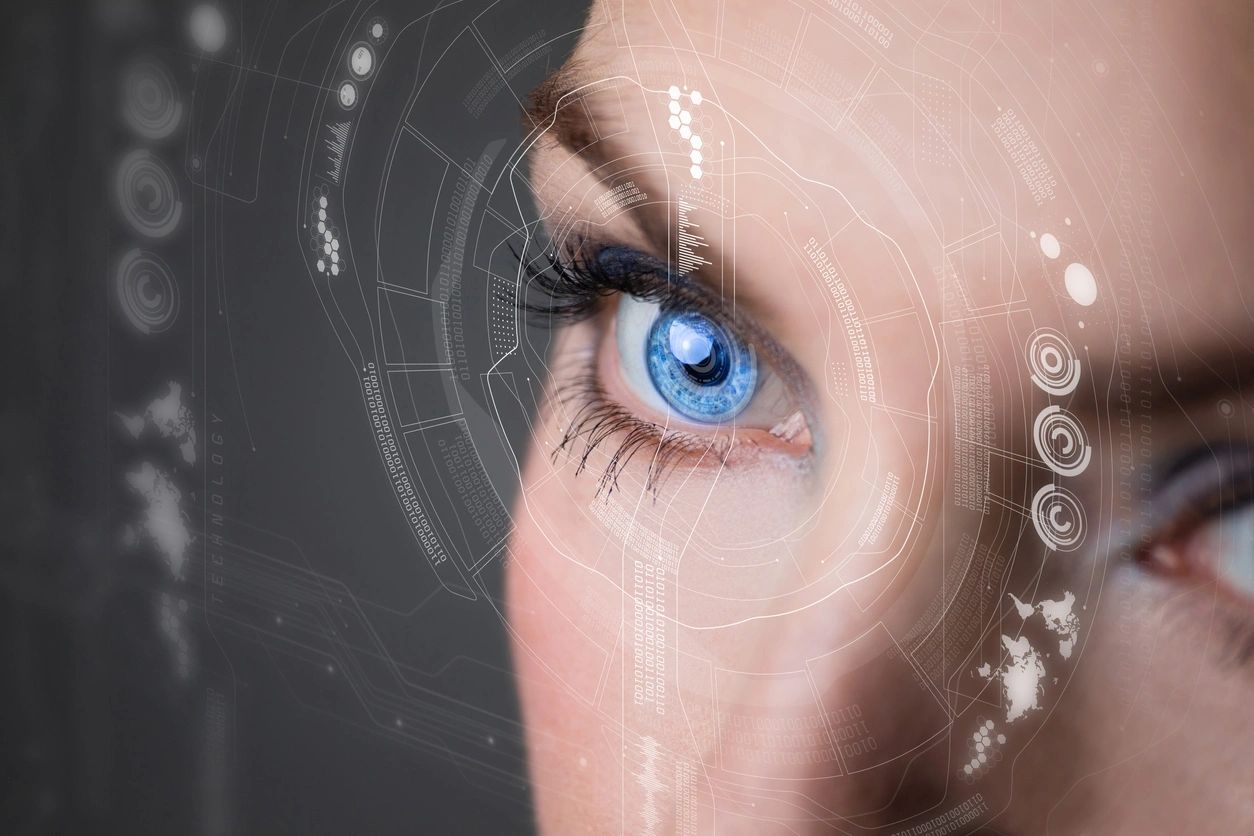The Regional Transportation Commission of Southern Nevada (RTC) is leading a groundbreaking initiative by becoming the nation’s first to fully deploy AI surveillance for weapon detection across its transit system. This move is part of a $33 million multi-year upgrade to enhance security on its 400+ buses.
RTC: The Role of ZeroEyes AI
RTC will integrate ZeroEyes, an AI gun detection software, to identify individuals brandishing firearms. Tom Atteberry, RTC’s Director of Safety and Security Operations, emphasizes the critical importance of timely detection in active shooter scenarios. He believes the system can provide crucial seconds to notify authorities and potentially save lives.
The initiative responds to growing concerns about violent crimes on transit systems, highlighted by a 2023 Department of Transportation report. Public fears about transit safety have been rising, with an increase in assaults noted by the Bureau of Transportation Statistics.
Brian Miller from Purdue University Northwest, a largely commuter campus, stresses the importance of reducing response times in active shooter incidents. The university, though not prompted by specific incidents, considers AI-powered detection technologies like ZeroEyes as vital for enhancing public safety.
AI in Action: Real-time Monitoring and Response
ZeroEyes uses advanced AI techniques, including a neural network tire model, to adapt to track conditions in real-time. This system, deployed in vehicles modified to meet high-performance specifications, plans and adjusts steering, throttle, and brake commands up to 50 times per second. The AI continually trains on data from previous tests, enhancing its performance over time.
ZeroEyes aims to overcome the “fog-of-war” during mass shootings by providing clear and accurate information quickly. If a firearm is detected, alerts are sent to an operations center staffed by retired law enforcement veterans, ensuring a rapid and informed response.
RTC AI Surveillance Challenges and Alternatives
While image-based AI like ZeroEyes is groundbreaking, some experts, like Wei Dai from Purdue Northwest, argue that acoustic sensors might offer more reliable detection in certain environments. These sensors, however, face slow adoption due to cost concerns, as seen in Seattle and other areas.
Skepticism and Support
Despite the promise of AI surveillance, cybersecurity consultant Michael Hasse cautions against over-reliance on technology, citing the ease of weapon concealment. Nonetheless, Atteberry maintains that proactive measures are essential, highlighting the potential life-saving benefits of such technology.
Conclusion
Las Vegas’ transit system, through the full deployment of ZeroEyes, is setting a precedent in using AI for public safety. This initiative underscores a broader trend towards integrating advanced technologies in security strategies, aiming to enhance safety and efficiency in public transit.
See also; Robbie AI To Prevent Hospital Falls


















